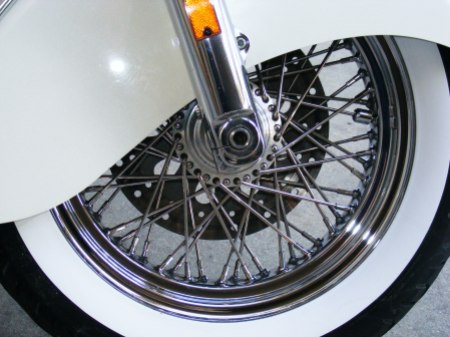Chromium in Carbon, Alloy and Stainless Steels is NOT Hexavalent!

The valency (oxidation state) of chromium metal as an alloying constituent of steels is Zero (0).
The Chromium atoms are present in ‘substitutional’ lattice positions, replacing iron atoms. These atoms are held in place in the lattice by shared electons which make up a ‘metallic bond’. Since there is no loss or gain of electrons, the valency state is Zero (0).
The Chromium in solid steels (Carbon, Alloy, and Stainless) should not be regarded as a health hazard. That is why stainless steels in particular can be used for food prep and bodily contact in medical and dental applications- the chromium is not available in an ionic state.
Hexavalent Chromium Cr(VI) is an ionic state and typically encountered as a ‘chromate’ or ‘dichromate’ salt. These hexavalent compounds are typically found in plating solutions. Hexavalent Chrome has been identified as a cause for health concerns and shown to be toxic.
Machining Steels-Carbon, Alloy, and Stainless- does not expose the operator to hexavalent Chromium. Hexavalent chromium is an ionic formof chromium in a chemical compound. Metallic Chromium is a form that is sharing electrons as part of a metallic bonding arrangement. The valence state of metallic chromium is Zero (0).
We’ve written about this before:
Hexavalent Chromium Rule Finalized
British Stainless Steel Association Article on Chromium in Stainless





